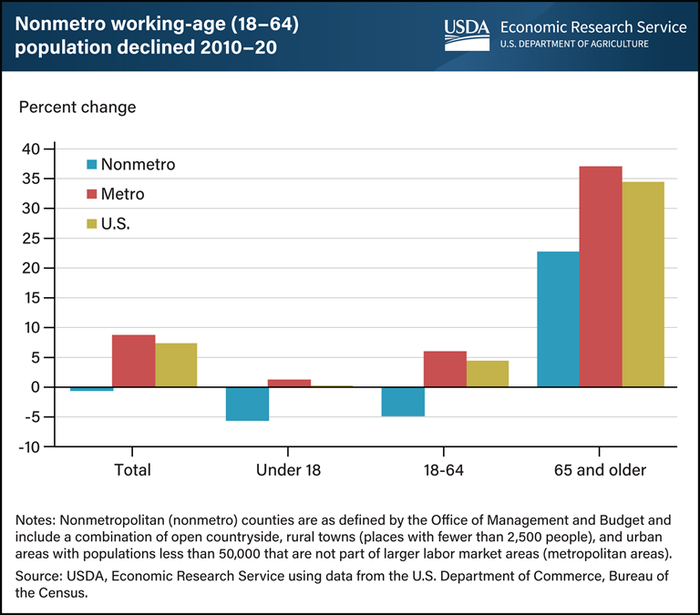
The U.S. Department of Agriculture issued a series of announcements this week. Take a look at the highlights below to get a quick recap, and click the links to take a deeper dive.
Climate-smart farming, fertilizer see financial boost
Global leaders gathered in Sharm El-Sheikh, Egypt to discuss work to mitigate climate change. The Biden Administration is pushing an investment of nearly $3 billion on a range of climate-related projects. During the COP27 event, Vilsack announced the creation of the International Climate Hub and $25 million in financing to support the Global Fertilizer Challenge. The Global Fertilizer Challenge aims to improve production and more efficient use of nitrogen. Total funding from all partners hit $135 million as part of that initiative.
USDA invests in innovative small businesses
Chief Scientist Chavonda Jacobs-Young announced an investment of $21.6 million in scientific research for small businesses to further develop transformative agricultural solutions. The investment is part of the National Institute of Food and Agriculture’s Small Business Innovation Research program that targets early-stage private-sector projects. Grant funding will support 34 research projects on topics ranging from food science and nutrition to natural resource conservation.
Beginning farmers receive training through $24M investment
Jacobs-Young also made the announcement this week of a nearly $24 million investment across 45 organizations and institutions that teach and train beginning farmers and ranchers. The investment is part of NIFA’s Beginning Farmer and Rancher Development program, which supports professional development activities for new farmers and ranchers, such as managing capital, acquiring and managing land, and learning effective business and farming practices.
Report finds decline in rural working-age population
USDA’s Economic Research Service released the 2022 edition of Rural America at a Glance. The rural labor force changed over the last two decades due to the decline in population growth, aging, and a changing industry structure. While agriculture and manufacturing industries showed growing output and productivity, the number of jobs did not increase. In rural areas, the working-age population (ages 18 to 64) declined by 4.9%, and the population under age 18 declined by 5.7%.

Forest Service investment to restore watersheds
USDA’s Forest Service announced an investment of up to $40 million to Trout Unlimited to improve watersheds on national forests and grasslands. The five-year agreement is made possible through the Bipartisan Infrastructure Law. Projects include clean-up of abandoned mines and removing barriers to improve fish passage, as well as stream habitat improvements.
USDA rolls out additional natural disaster and pandemic assistance
USDA is preparing to roll out the second phase of the Emergency Relief Program as well as the new Pandemic Assistance Revenue Program – two programs designed to help offset crop and revenue losses for producers. USDA is sharing early information to help producers gather documents. In the coming weeks, USDA will provide additional information on how to apply for assistance through ERP Phase Two and PARP.
Tribal Nations partner with USDA
The first-ever Conservation Reserve Enhancement Program agreements in partnership with Tribal Nations were established this week to conserve grasslands, reduce erosion, and improve wildlife habitat. The Cheyenne River, Oglala and Rosebud Sioux Tribes are enrolling eligible grassland, pastureland, and other agricultural lands within the boundaries of their reservations in this conservation program. The agreements authorize the enrollment of up to:
1.5 million acres by the Cheyenne River Sioux Tribe
1 million acres by the Oglala Sioux Tribe
600,000 acres by the Rosebud Sioux Tribe
Miss our recaps of USDA market and crop reports? Check them out:
Crop progress: Approaching the finish line
About the Author(s)
You May Also Like






